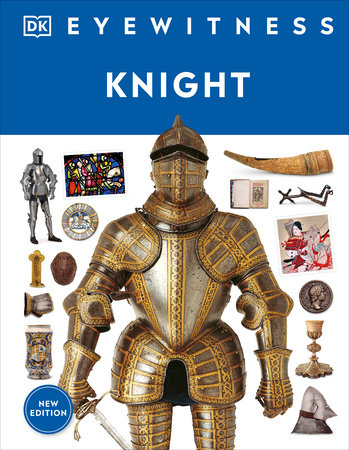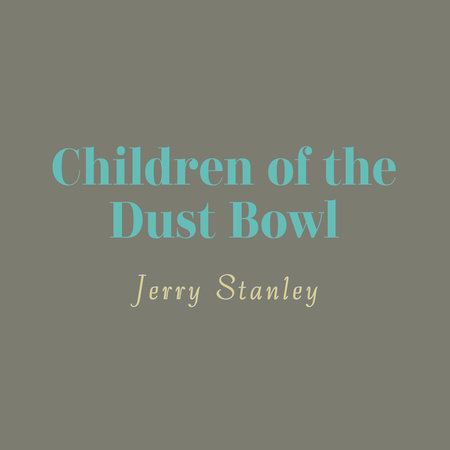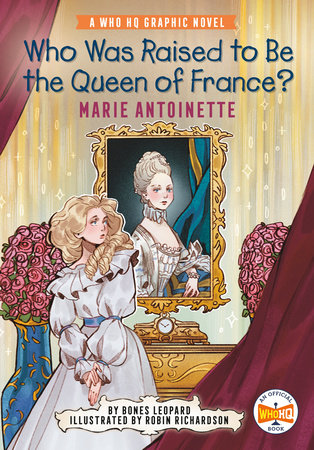

Whose Footprint Is That?
By Darrin Lunde
Illustrated by Kelsey Oseid
By Darrin Lunde
Illustrated by Kelsey Oseid
By Darrin Lunde
Illustrated by Kelsey Oseid
By Darrin Lunde
Illustrated by Kelsey Oseid
Part of Whose Is THAT?
Part of Whose Is THAT?
Category: Children's Nonfiction
Category: Children's Nonfiction

-
$16.99
Oct 22, 2019 | ISBN 9781580898348 | 3-7 years
-
Oct 22, 2019 | ISBN 9781632897213 | 3-7 years
YOU MAY ALSO LIKE

Eyewitness Animal

The Seminoles

El Tummy Time

Knight

Super Simple Psychology

Pop-Up Peekaboo! Disney Moana

A Kids Book About Israel & Palestine

Children of the Dust Bowl: The True Story of the School at Weedpatch Camp

Who Was Raised to Be the Queen of France?: Marie Antoinette
Praise
Who goes there? Readers must guess which creatures left their distinctive tracks behind in this fact-filled book. On the verso page of each spread, the question reads, “Whose footprint is that?” and a clue to the maker of the print appears with a snippet of its anatomy—e.g., snout, ears, tail, feather, even, in one case, a section of a body. The recto page displays the print or prints with a sentence or two explaining how the tracks were produced. A page turn yields another spread and the answer: a portrait of the mystery animal and some interesting facts about its feet. A very ancient track maker is included, too. A tantalizing puzzle challenges kids at the end: “Can an animal change its footprints?” Adult readers would do well to let a few moments elapse while children ponder responses before they turn the page and reveal the answer—and another brainteaser. This charmer will hold young children’s interest and will succeed one-on-one or as a group read-aloud. It will help develop vocabulary as youngsters learn new words including “wallaroo” and “slithering.” The gouache illustrations are appealing. Tracks are large enough to be seen well (and, possibly, traced with little fingers), and their makers are portrayed along with glimpses into their habitats, with furry, feathered, and scaly charms charmingly intact. Kids will make tracks to this one—and likely step up for repeat visits.
—Kirkus Reviews
Following the format of Whose Poop Is THAT? (rev. 3/17), Lunde poses the title question seven times about seven different animals in a series of four-page sequences, inviting readers to guess the makers of various footprints and impressions. Each print, rendered in shades of black and brown on a white background, is centered prominently on the right-hand page. A clue for identification comes via the accompanying text, which emphasizes the motions or actions employed to produce the print (“It was made by running on snow”; “It was made by standing in soft mud”). Additional hints to each creature’s identity are found on left-hand pages, with glimpses of an ear, tail, nose, etc., edging into the picture. For the reveal, illustrations of mountain goats, wallaroos, snowshoe hares, snakes, flamingos, chimpanzees, and even a dinosaur are accompanied by information about what part of them made the prints (variously: feet, bodies, knuckles) and the ways their physiologies allow the animals to move or balance; the seven examples are carefully chosen to represent the relationships between morphology and function. The book ends with a look at the various prints people can make with their footwear, connecting familiar human experiences with their animal equivalents.
—The Horn Book
Lunde (Whose Poop Is That?, 2017) turns from scat to feet in this similarly formatted picture book. Introducing each of the seven animals are the recurring question (“Whose footprint is that?”), a visual hint featuring part of the animal, black footprints set against a white background (for easier examination), and a clue about how the footprint was made. Turning the page reveals such animals as a mountain goat, wallaroo, or snowshoe hare, all depicted in their natural settings in textured, gouache paintings. A few sentences of simple text also describe how the animal moves. For instance, a chimpanzee stands on its hind feet but uses finger knuckles for balance when it moves. Although the layout repeats for each animal, there are still plenty of “footprint” surprises, including a snake’s slithering pattern, made without feet, and a dinosaur’s fossilized print. But can an animal change its footprint? A final interactive spread lets children match ice skates, hiking boots, and other foot gear to their corresponding footprints. Finally, footnotes readers will enjoy!
—Booklist
21 Books You’ve Been Meaning to Read
Just for joining you’ll get personalized recommendations on your dashboard daily and features only for members.
Find Out More Join Now Sign In

















